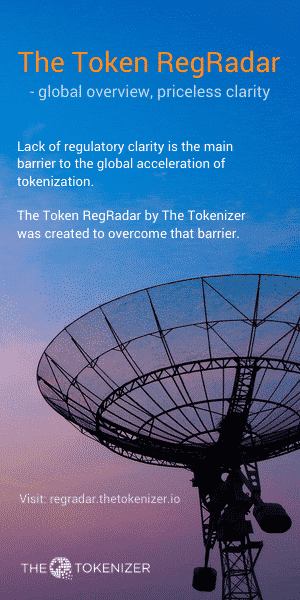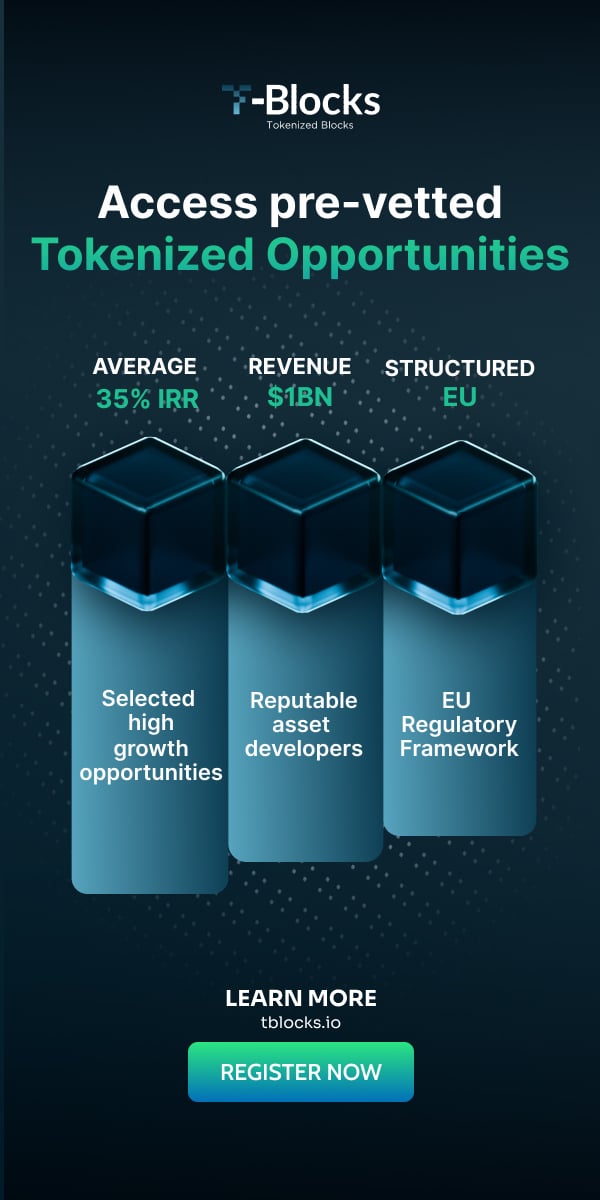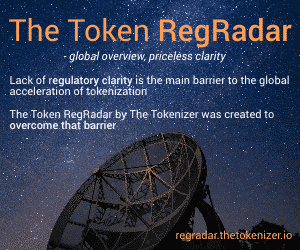In this post, we’ll dig deeper into why Security Tokens not only benefit investors, but why they are so important to the stability, economics and growth and stability of the Open Finance Protocols themselves.
By Hansmeet Sethi
In Part 1, we explored how individual investors benefit from using Security Tokens in Open Finance Protocols. In this post, we’ll dig deeper into why the Protocols themselves need Security Tokens to grow.
Summary
- Open Finance Protocols today currently use and support ICO tokens like Ethereum, ZRX, BAT etc…as well as some stablecoins like DAI.
- Outside of the major coins like Ethereum and stablecoins like DAI, the assets used by these protocols are of questionable value, regulatory status and are highly volatile.
- Supporting and using Security Tokens enable Open Finance protocols to offer more stability, protect against crypto black swans and appeal better to mainstream investors.
MakerDAO Today
Let’s go through an example to make this concrete.
MakerDAO CDP’s enable anybody to create a collateralized debt position (CDP) using Ethereum as the collateral. Today ~2% of all Ethereum is locked into CDP’s and the protocol’s usage is growing 20% monthly.
Today, the protocol enables users to deposit Ethereum to create an instant and efficient loan to borrow DAI, a stablecoin soft-pegged to 1 USD. There are a novel set of incentives and penalties to reward and penalized participants and maintain a healthy equilibrium. These mechanisms ensure that while the price of Ethereum fluctuates the value of borrower’s CDP’s always remain appropriately collateralized and the system remains stable.
These incentives and penalties have protected the fidelity of the CDP’s and price of DAI during a 70%+ fall in the price of Ethereum. Pretty amazing and a testament to how well the system Maker has constructed works.
However, there is one black swan that can’t be protected against today. A complete loss of value of the underlying collateral, Ethereum. If Ethereum were to go to zero, all the loan collateral would be worthless and the entire system would collapse.
Protecting Against the Black Swan

If there were multiple sources of collateral in the CDP’s, a complete loss of value would not wreck the system, which is precisely why Maker is moving towards a multi-collateral implementation of their protocol.
Multi-collateral, preferably assets that are not directly correlated, will enable a broad base of assets to secure the value of the system. If one asset crashes, it won’t bring down the entire system. Great, so what’s the problem?
Well, today, outside the main coins (Ethereum) and the stablecoin issued by CDP’s in the first place (DAI), ICO assets are of questionable value, regulatory status and are highly volatile. In addition, they are highly correlated with the price of Ethereum.
In short, they don’t make great candidates for collateral intended to stabilize the system. If Ethereum were to go to zero, it’s highly likely other ICO assets would also. For all the complexity of implementing a multi-collateral version of the protocol, they wouldn’t maximize the benefits.
How Do Security Tokens Help?
Security Tokens have:
- Broad mainstream appeal. Google stock anyone?
- Low volatility.
- Diversity of asset classes
What’s a more diversified base of collateral on top of which to build a trustworthy financial product? Tokens from 10 ICO projects with suspect regulatory adherence that are not yet viable organizations? Or a wide spectrum of Security Tokens representing future cash flows of some of the most important companies in the world. Perhaps 10 NASDAQ listed companies.
Using Security Tokens as options in Multi-Collateral DAI offers protection against black swan events as well as a financial product (borrowing against stock) that is well understood by investors and competes at superior terms with the financial markets today.
The Future is Bright
We’re incredibly excited about the opportunities emerging to build a compliant, transparent and efficient financial system. This is just one example of a product that has an analogue to today’s system. Imagine the possibilities as protocols invent all-new financial products only possible with programmable money!
Hansmeet Sethi is a co-founder and CEO of Fetch.
You Might also Like





















